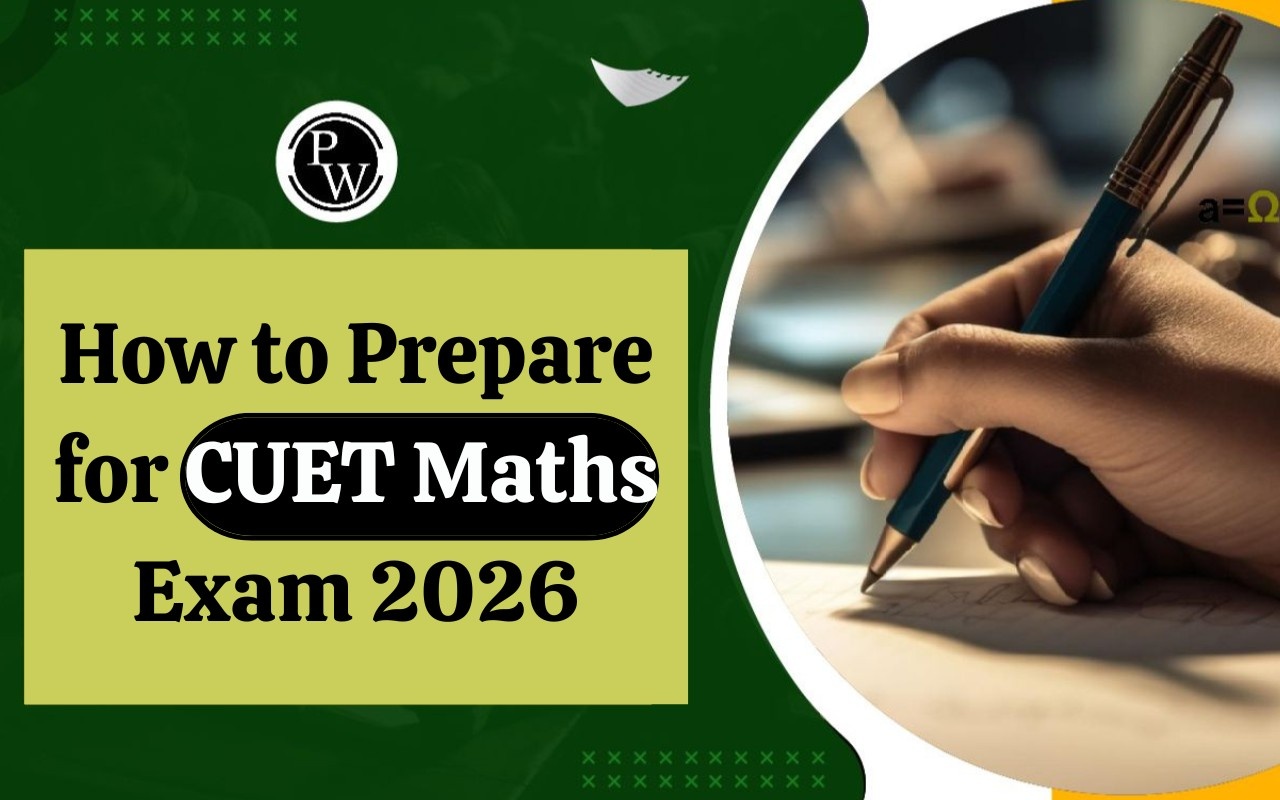
How Similar are CUET & XII Boards?: The Common University Entrance Test (CUET) and Class 12 Board Exams are two of the most important assessments for students in India. Both exams play a significant role in determining a student's academic future, but they serve different purposes. While the Class 12 Board Exams assess a student’s knowledge at the school level, CUET is an entrance test that determines university admissions. Despite their differences, CUET and Board exams share several similarities, particularly in syllabus, subject coverage, and preparation approach. Understanding these similarities can help students streamline their preparation and perform well in both.
Key Similarities Between CUET and Class 12 Board Exams
1. Common Syllabus Based on NCERT : One of the biggest similarities between CUET and Class 12 Board exams is that both follow the NCERT syllabus. This means that students preparing for their Board exams already have a strong foundation for CUET.
-
CUET’s domain-specific subjects (like Physics, Chemistry, Mathematics, Economics, etc.) are directly based on Class 12 syllabus.
-
The topics, concepts, and theories remain the same, but CUET often tests application-based knowledge rather than direct recall.
2. Subject-Specific Focus : Both CUET and Board exams assess students in specific subjects.
-
For example, a student appearing for Class 12 Economics will cover similar topics in CUET’s Economics domain test.
-
However, CUET questions are mostly Multiple Choice Questions (MCQs), while Board exams include a mix of objective and descriptive questions.
3. Importance of Conceptual Understanding : In both exams, strong conceptual clarity is essential.
-
Board exams require students to write detailed answers, demonstrating in-depth understanding.
-
CUET, though objective in nature, tests a student’s ability to apply concepts in different scenarios.
Thus, rote learning won’t help in either exam. Students need to understand topics thoroughly to excel in both.
4. Role in Higher Education Admissions : Both CUET and Board exams play a crucial role in a student’s admission to higher education institutions.
-
Class 12 Board marks are often considered for eligibility criteria in colleges.
-
CUET scores determine admission to central universities and other participating institutions.
Many universities now give more weight to CUET scores rather than Board marks, making it important for students to perform well in both.
Key Differences Between CUET and Class 12 Board Exams
The Common University Entrance Test (CUET) and Class 12 Board Exams play distinct roles in a student's academic journey. Below is a comparison highlighting their major differences.
| Key Differences Between CUET and Class 12 Board Exams | ||
|
Feature |
CUET |
Class 12 Board Exams |
|
Purpose |
University entrance exam |
School-level assessment |
|
Exam Structure |
Three sections: Language, Domain Subjects, and General Test |
Subject-wise individual papers |
|
Question Type |
MCQs (Multiple Choice Questions) |
Mix of descriptive & objective questions |
|
Difficulty Level |
More analytical and application-based |
Tests knowledge and conceptual clarity |
|
Assessment Areas |
Language, Subject Knowledge, General Aptitude |
Subject Knowledge |
|
Time Duration |
45–60 minutes per subject |
2.5–3 hours per subject |
Understanding CUET Exam Structure
1. Subjects/Domain-Specific Test
-
Similar to Class 12 Board exams, CUET’s domain test assesses subject knowledge.
-
However, CUET questions require higher-order thinking, making them more application-based.
2. Language Test
-
While Board exams have literature-based language papers, CUET’s Language Test focuses on comprehension, vocabulary, and verbal reasoning.
3. General Test
-
CUET includes a General Test, which evaluates logical reasoning, numerical ability, and general awareness, something not present in Class 12 Board exams.
How to Prepare for Both Exams Simultaneously?
Since CUET and Board exams share a common syllabus, students can prepare for both together by following these strategies:
1. Focus on NCERT Books
-
Both exams are based on NCERT concepts.
-
Read textbooks thoroughly and make summary notes for quick revision.
2. Practice MCQs Along with Descriptive Questions
-
CUET follows an MCQ-based format, so students should solve objective-type questions regularly.
-
For Board exams, practice writing long answers to develop clarity and writing speed.
3. Improve Time Management
-
Since CUET has limited time per question, practice solving MCQs quickly.
-
For Board exams, focus on writing detailed answers within the given time.
4. Attempt Mock Tests & Previous Year Papers
-
Solve CUET mock tests to get familiar with the cuet exam pattern and difficulty level.
-
Take Board exam sample papers to practice answering subjective questions effectively.
5. Strengthen Analytical & Logical Reasoning Skills
-
CUET’s General Test includes logical reasoning and numerical aptitude.
-
Students should practice reasoning-based questions alongside their subject preparation.














